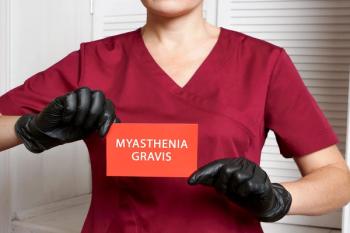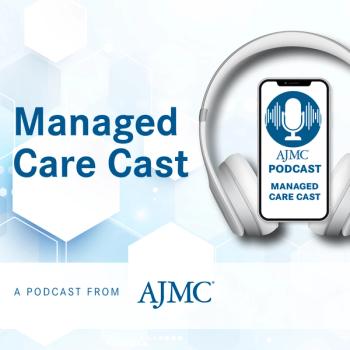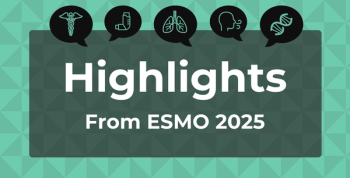
Nipocalimab Investigation Extends to Younger Patients: Jonathan Strober, MD
Nipocalimab shows promise in treating myasthenia gravis in children, with ongoing trials revealing safety and efficacy similar to adult studies, says Jonathan Strober, MD.
The VIBRANCE-MG trial (
Strober presented new data from VIBRANCE-MG at the 2025 American Association of Neuromuscular & Electrodiagnostic Medicine meeting, held October 29 to November 1 in San Francisco.
These initial data presented were from the investigation that looked at children 12 years to under 18, with results indicating that the drug had similar results in these pediatric patients as those seen among adult patients. The drug was well tolerated, with safety results being very positive and there being a very low risk of adverse events. Common issues included infections of the nose and pharynx, as well as COVID-19. Although acknowledging that having lower antibody levels increases the risk of infection, Strober stated that this risk “doesn't really seem to be that significant of a risk, which is great.”
The results also demonstrated positive long-term engagement, as “most of the patients continued on through 72 weeks of taking this medication, so past the initial phase of the safety study,” Strober explained. Only one patient discontinued treatment.
The investigation is ongoing internationally. However, recruitment is challenging, as it is “just really hard for us to get patients into trials like these” due to difficulties in finding younger patients with the positive antibodies needed for enrollment or patients whose symptoms fall within the acceptable clinical trial severity range. Furthermore, it is “harder to do some of the functional testing that we do for these patients” in the younger cohorts, Strober noted.
Newsletter
Stay ahead of policy, cost, and value—subscribe to AJMC for expert insights at the intersection of clinical care and health economics.







































